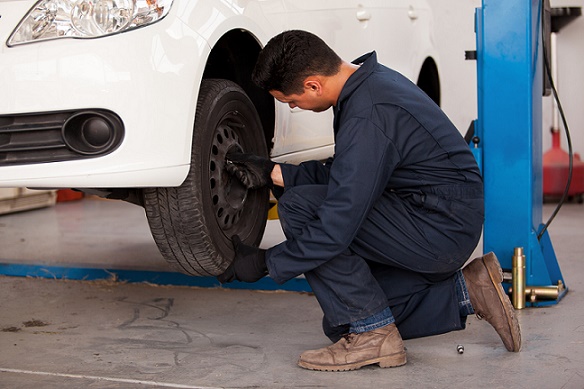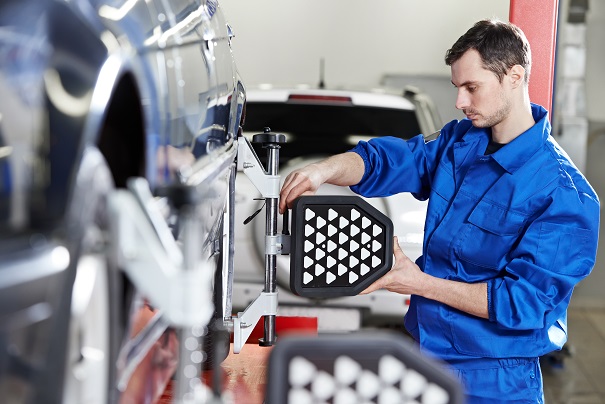
How to Read Your Tire
Have you have ever noticed a stream of numbers and letters on your tires? Those nonsensical characters actually give you a lot of useful information that can come in handy. The numbers and letters on the inner and outer sides of the the tire are called sidewalls and are divided into three sections.
Tire Specs
Tire sidewalls indicates the fundamental characteristics of a tire.
Example of Tire Sidewall: P 215/55R 16 93T
The "P" indicates the tire type, or the type of vehicle that the tire fits.
- P (passenger)
- LT (light truck)
- T (temporary spare)
- ST (special trailers)
- No letter (Euro-metric size, equivalent to P metric)
"215" is the tire's width in millimeters.
"55" shows the aspect ratio, or the relationship of the sidewall height to the width of the tire.
- The sidewall height of the tire is 55% of it’s width
- Lower ratios indicate a smaller sidewall height
- Lower sidewall height allows for better cornering but an overall rougher ride
"R" demonstrates the internal construction of the tire.
- Most tires use radial construction (“R”) where the the cords of carcass plies inside the tire radiate from one side of the tire across to the other
- D (diagonal construction)
- B (belted construction)
"16" signifies the wheel diameter in inches which tells the size of the wheel that the tire is designed to fit on.
"93" indicates the load index, or how much the tire is certified to carry at the safe maximum inflation. Refer to the load index chart.
- The number on the tire corresponds to a load index chart
- For example: 97 on the tire indicates corresponds to 1,609 pounds on the chart
"T" is the tire's speed rating, which indicates the maximum safe speed that a tire can carry a load under specific conditions. Refer to a speed rating chart.
- "T" refers to family sedans and vans and sets a maximum speed of 118 mph
- Speed ratings range from A (lowest) to Y (highest)
Im:
Head:

